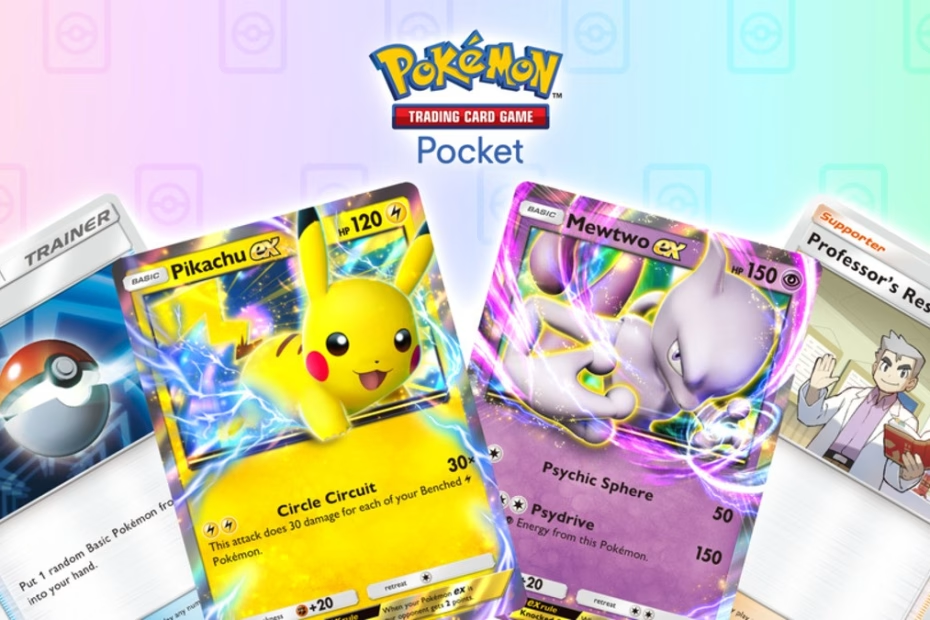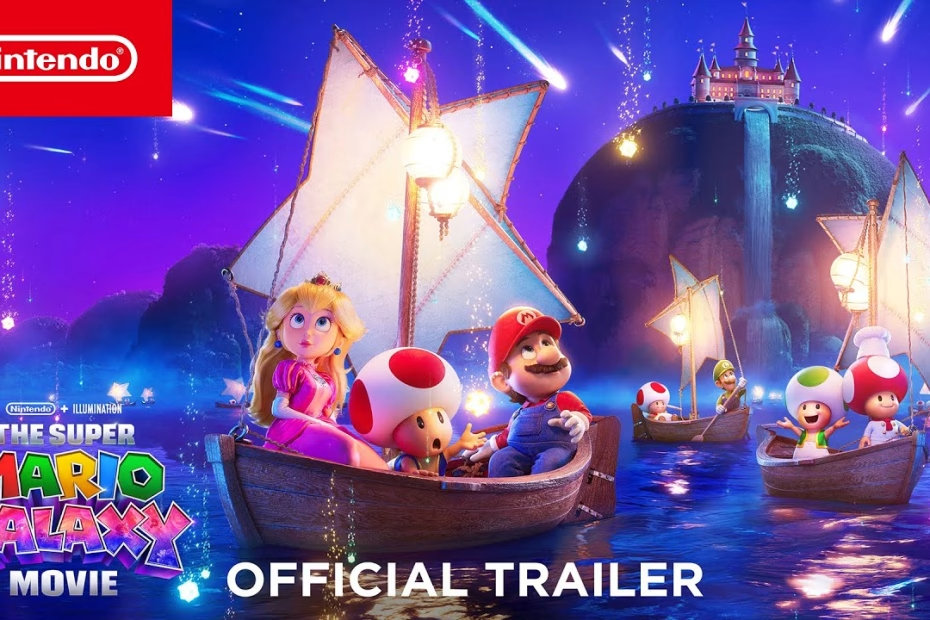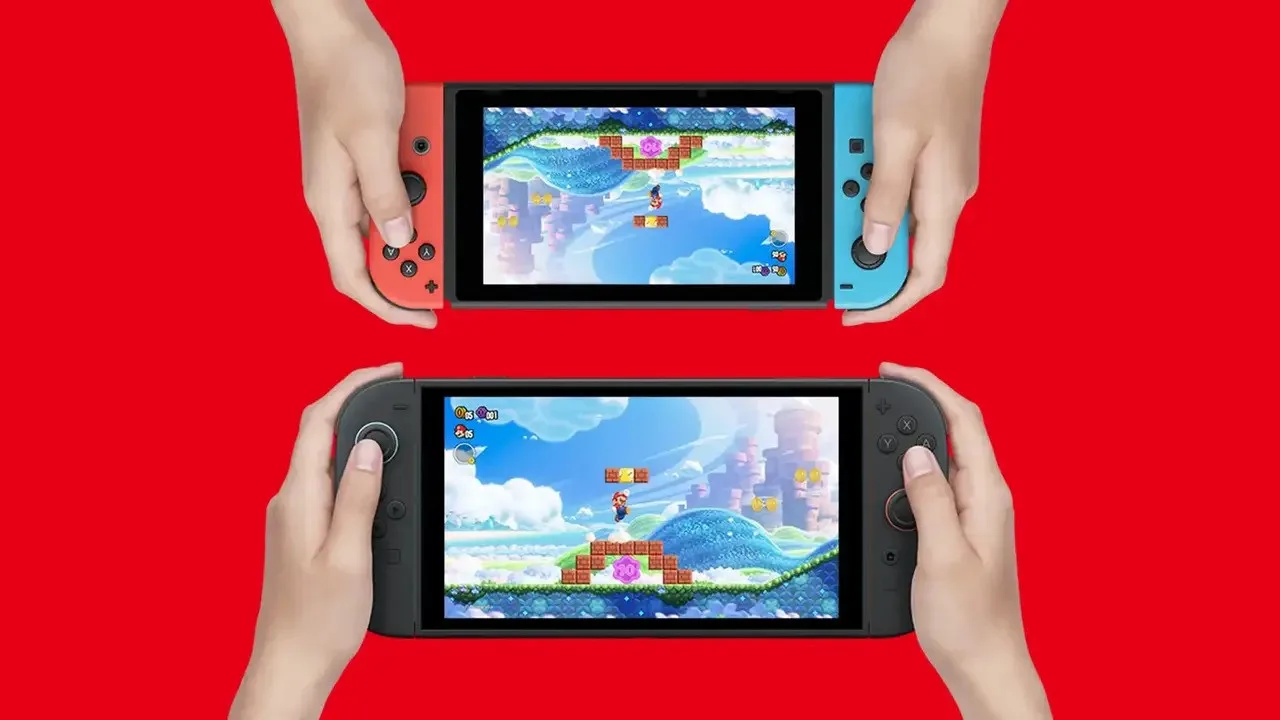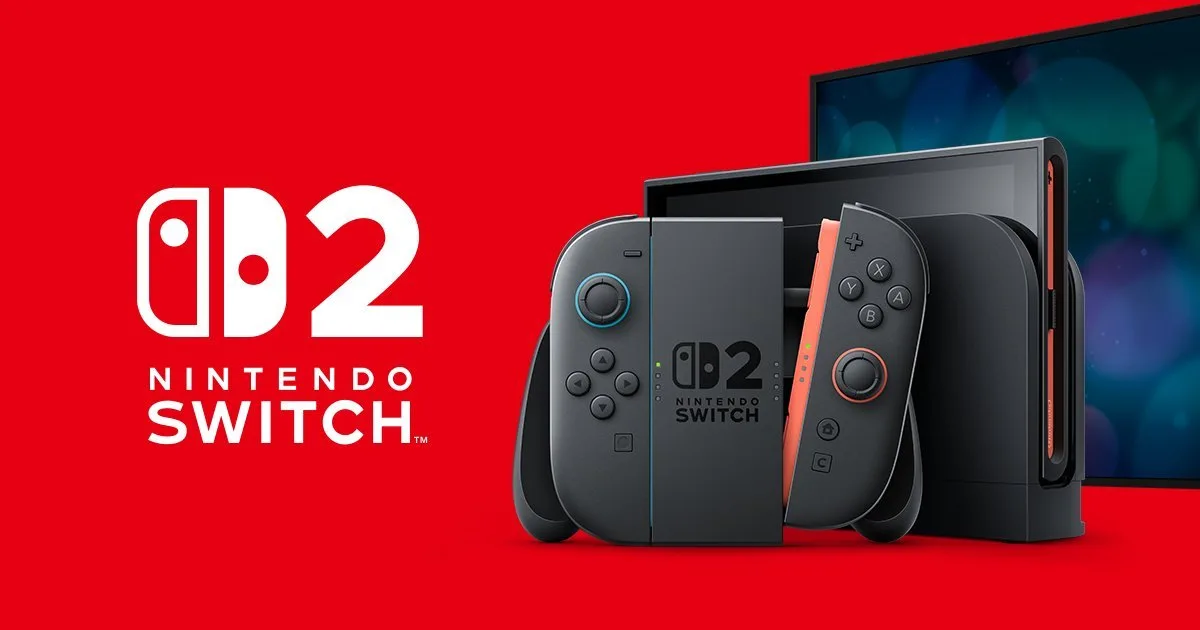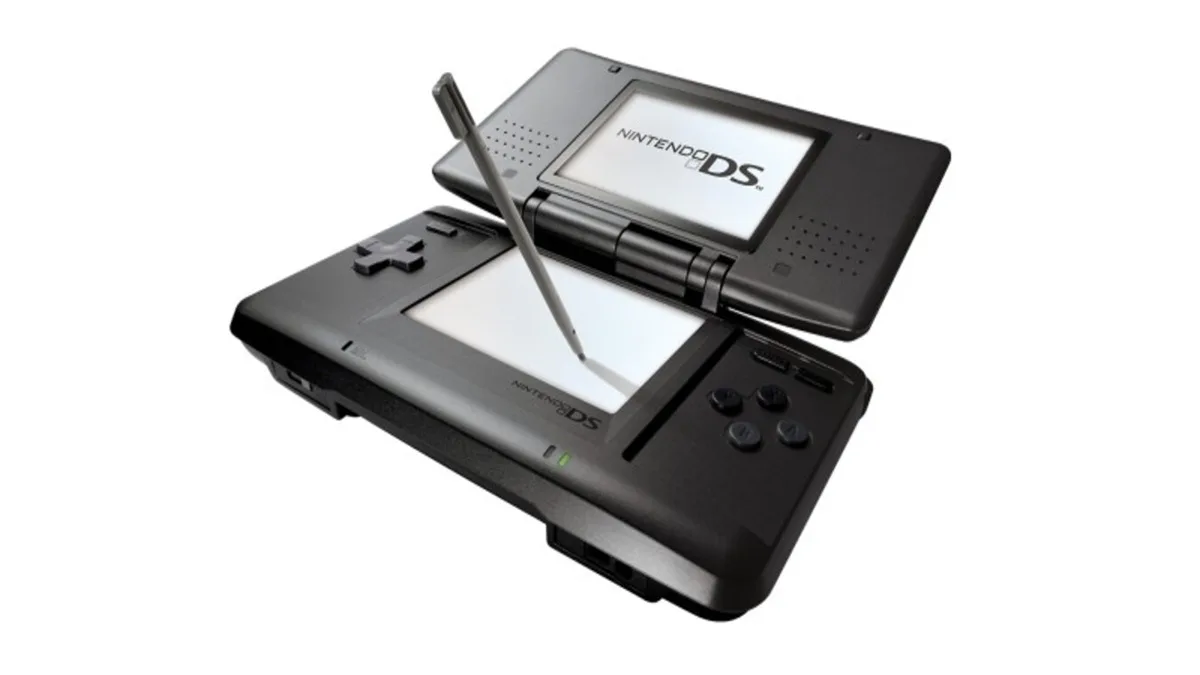
Kirby Air Riders: A Different Kind of Racer That Doesn’t Always Cross the Finish Line
Kirby Air Riders attempts to redefine what we consider a racing game, and in some ways it succeeds… though not always for the better. This entry works as a spiritual sequel to the 2003 Nintendo… Kirby Air Riders: A Different Kind of Racer That Doesn’t Always Cross the Finish Line
